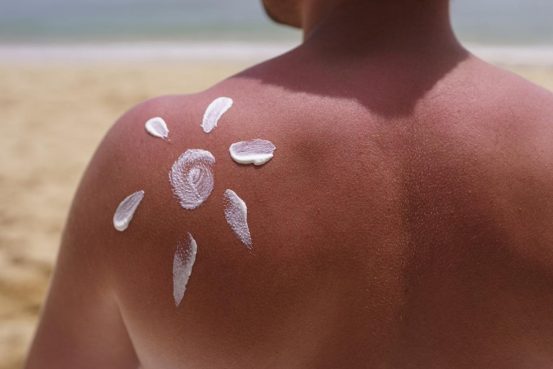
As consumers end up being increasingly smart about skincare, the dispute between chemical and physical sunscreens continues to be a warm topic. While both offer crucial security versus the sun's hazardous ultraviolet (UV) rays, physical sunscreens are frequently admired for their mild yet reliable formula, making them a favored choice for those with sensitive or reactive skin. The key to their success depends on their energetic components, which produce a physical barrier on the skin to block out UV radiation. This short article will certainly explore the globe of physical sun blocks, concentrating on their key components: zinc oxide and titanium dioxide.
Unlike their chemical equivalents, which soak up UV radiation and convert it into warmth, physical sun blocks work by sitting on top of the skin to create a shield that disperses and scatters both UVA and UVB rays. This mechanism is why they are often described as "sunscreens." The key advantage of this approach is its prompt performance upon application and the lower possibility of triggering skin inflammation, as the components are not absorbed into the skin.
The most celebrated ingredient in the physical sun block family members is Zinc Oxide. This giant mineral is special in its ability to provide broad-spectrum defense, suggesting it properly safeguards the skin against the complete spectrum of UVA and UVB rays. UVA rays are accountable for premature aging, including creases and great lines, while UVB rays are the main reason for sunburn. By offering thorough defense against both, zinc oxide plays an essential role in preventing sunlight damage and decreasing the threat of skin cancer cells.
Additionally, zinc oxide is renowned for its calming homes. It has been made use of for centuries to treat small skin irritations, breakouts, and burns, a testimony to its gentle nature. This makes sun blocks developed with zinc oxide an optimal choice for people with sensitive skin, acne-prone skin, or problems like rosacea and eczema. Its non-comedogenic properties likewise mean it is much less likely to obstruct pores, a common worry for those with oily or combination skin.
The various other key player in the physical sun block category is Titanium Dioxide. This normally occurring mineral is one more excellent component for developing a physical barrier versus UV rays. It is highly efficient at mirroring and scattering UVB radiation, giving robust security versus sunburn. While it provides great defense across the UVB range, it is generally thought about much less effective against long-wave UVA rays contrasted to zinc oxide.
Consequently, titanium dioxide is typically made use of along with zinc oxide in sun block solutions. This combination creates a collaborating result, enhancing the total broad-spectrum protection of the product. By leveraging the toughness of both active ingredients, formulators can create a sunscreen that uses thorough and dependable protection versus the sunlight's destructive rays. Like zinc oxide, titanium dioxide is also gentle on the skin and is an ideal alternative for those with sensitive or easily irritated skin.
In recent times, advancements in formula innovation have actually resolved one of the initial drawbacks of physical sunscreens: the thick, white cast they would certainly usually leave on the skin. Modern formulations currently use micronized or nano-sized bits of zinc oxide and titanium dioxide, which enables a much more cosmetically stylish application without jeopardizing their protective abilities. This implies you can delight in the gentle, effective physical sunscreen ingredients protection of a physical sun block without the telltale white deposit.
To conclude, physical sunscreens provide a reputable and gentle way to protect your skin from the sunlight. Their celebrity components, zinc oxide and titanium dioxide, work in harmony to develop a physical guard that deflects damaging UVA and UVB rays. With their exceptional security profile and viability for all skin kinds, particularly sensitive skin, physical sun blocks are a powerful force in the fight versus sunlight damage. The following time you are Surf the sunscreen aisle, consider the effective, safety, and skin-loving benefits of a physical solution.